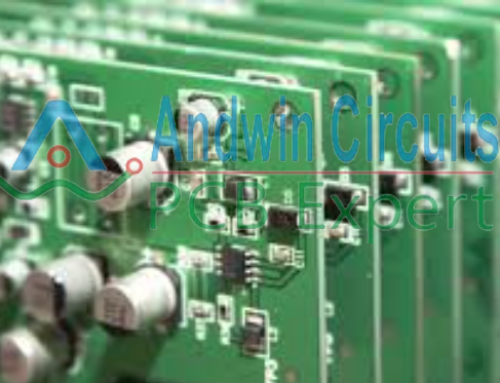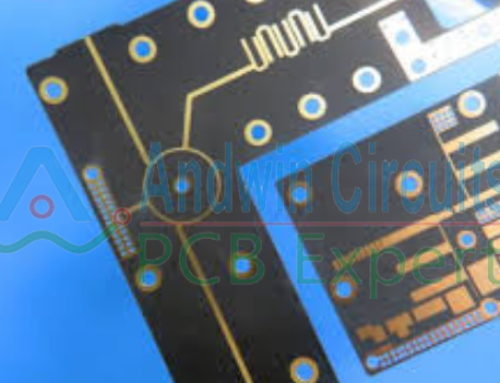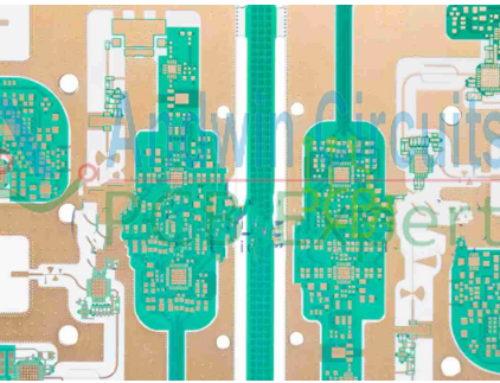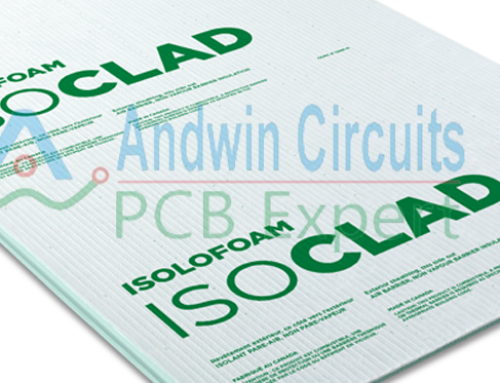The majority of flex circuit designs that require some level of component assembly are manufactured from polyimide materials.
Polyimide is used for the flex core, the coverlays, and in many cases the stiffeners as well.
A natural inherent property of polyimide is hydroscopic.
It will adsorb approximately 2% by weight in moisture at 20°C and 50% relative humidity.
This can increase under higher humidity and temperature environments.
This applies to all polyimide materials from any and all suppliers and is not a property than can be impacted or modified by the flex circuit manufacturer.
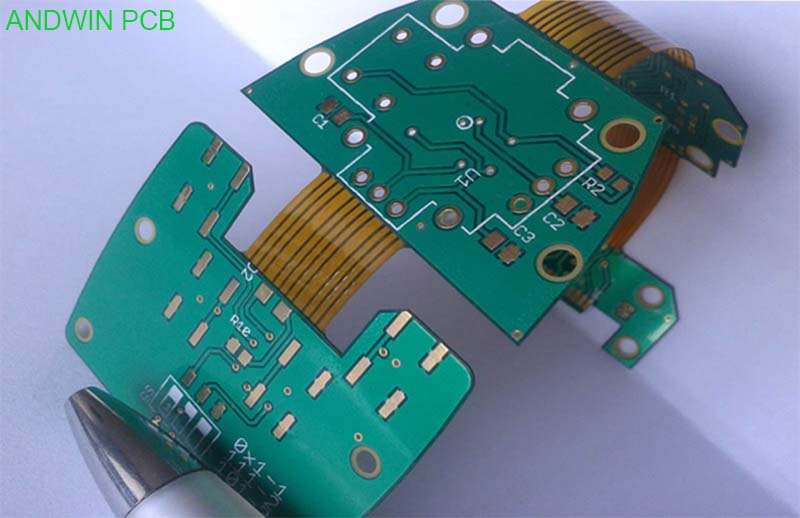
Baking a flex PCB is generally not recommended as it can cause damage to the board.
Flex PCBs are made of flexible materials, such as polyimide, which can be sensitive to high temperatures.
Baking can cause the board to warp, crack, or delaminate, which can compromise its performance and reliability.
However, in some cases, baking may be necessary to remove any moisture that may have been absorbed by the board.
Moisture can cause the board to swell or delaminate, which can lead to electrical failures.
In such cases, the board should be baked under controlled conditions and with the guidance of a qualified PCB expert.
It is important to note that baking should only be done as a last resort and after all other options have been exhausted.
If you suspect that your flex PCB has been exposed to moisture,
it is best to consult with a professional PCB manufacturer or repair service to determine the best course of action.

PCB baking is typically performed at 120°C for 2-10 hours.
The duration of the pre-bake will vary depending upon the design of the specific parts.
Layer count, stiffeners, and construction are factors that will increase the pre-bake time required.
In addition, the parts need to be positioned within the oven so that there is sufficient air flow around each part.
Once the parts have been prebaked it is recommended that they be assembled as soon as they have been removed from the oven and have cooled to a workable temperature.
Any significant delays will allow the parts to reabsorb moisture.
For flexible circuit boards that require multiple assembly cycles,
a second pre-bake may be required if there is an extended period between assembly cycles.
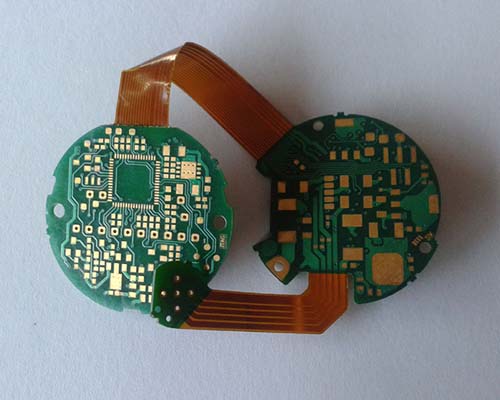
the role of baking flex pcb
Flex PCBs (Flexible Printed Circuit Boards) are widely used in various electronic devices and applications.
Baking flex PCBs is an essential process that ensures the reliability and durability of the PCBs.
The role of baking flex PCBs is as follows:
1. Moisture Removal:
Flex PCBs are made of flexible materials that can absorb moisture.
Moisture can damage the PCBs and affect their performance.
Baking the PCBs removes any moisture that may have been absorbed during the manufacturing process.
2. Preheating:
Baking flex PCBs also serves as a preheating process before the actual soldering process.
Preheating the PCBs helps to prevent thermal shock during the soldering process, which can cause damage to the components and the PCB.
3. Solder Mask Curing:
Baking the flex PCBs also helps to cure the solder mask.
The solder mask is a protective coating that prevents the solder from flowing where it is not intended.
Curing the solder mask ensures that it is properly adhered to the PCB and provides the necessary protection.
4. Improved Adhesion:
Baking the flex PCBs also improves the adhesion of the components and the solder to the PCB.
This improves the overall reliability and durability of the PCB.
In summary, baking flex PCBs is an important process that ensures the reliability and durability of the PCBs.
It helps to remove moisture, preheat the PCBs, cure the solder mask, and improve the adhesion of the components and solder.
Other PCB products, you may interesting










